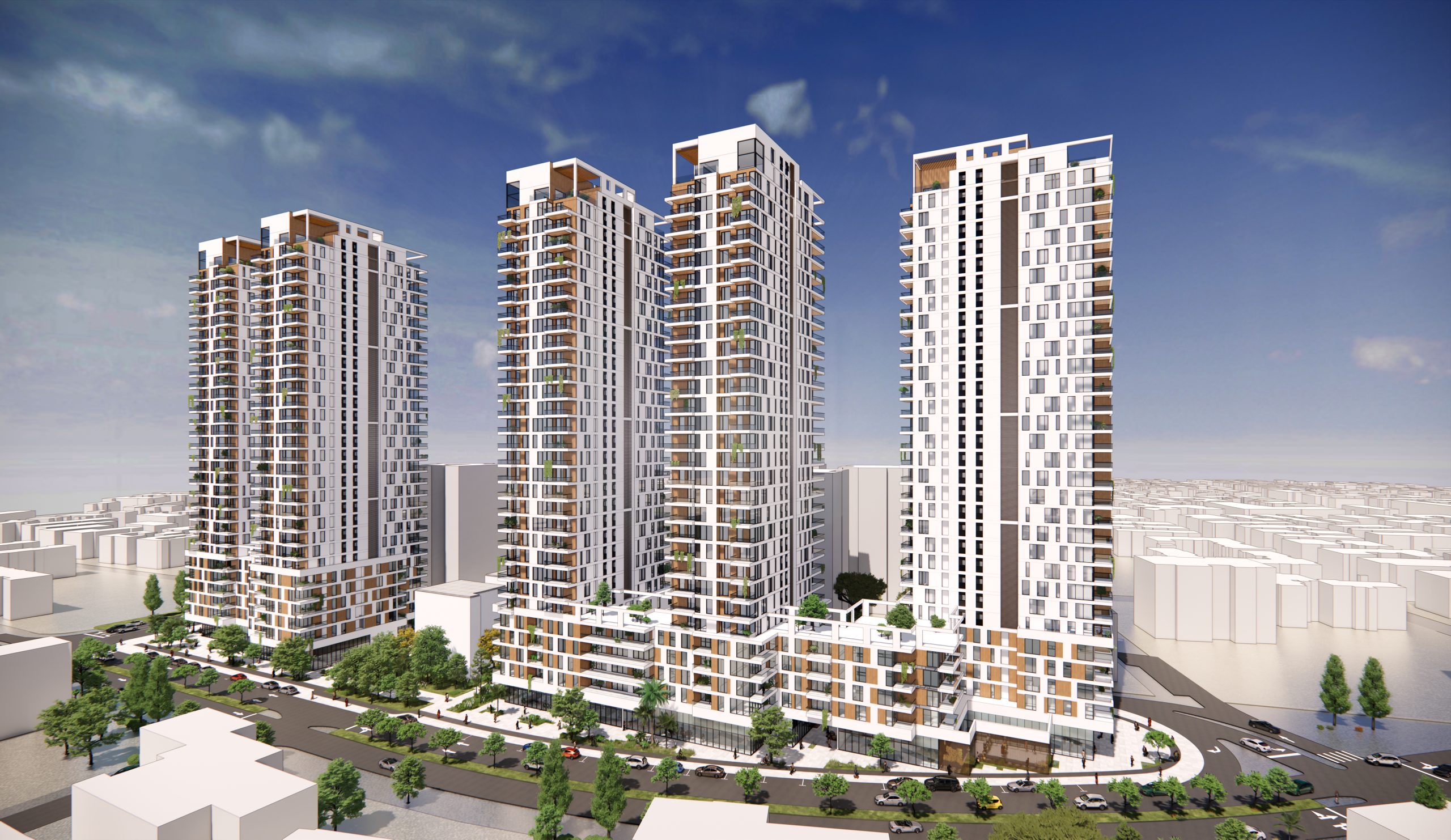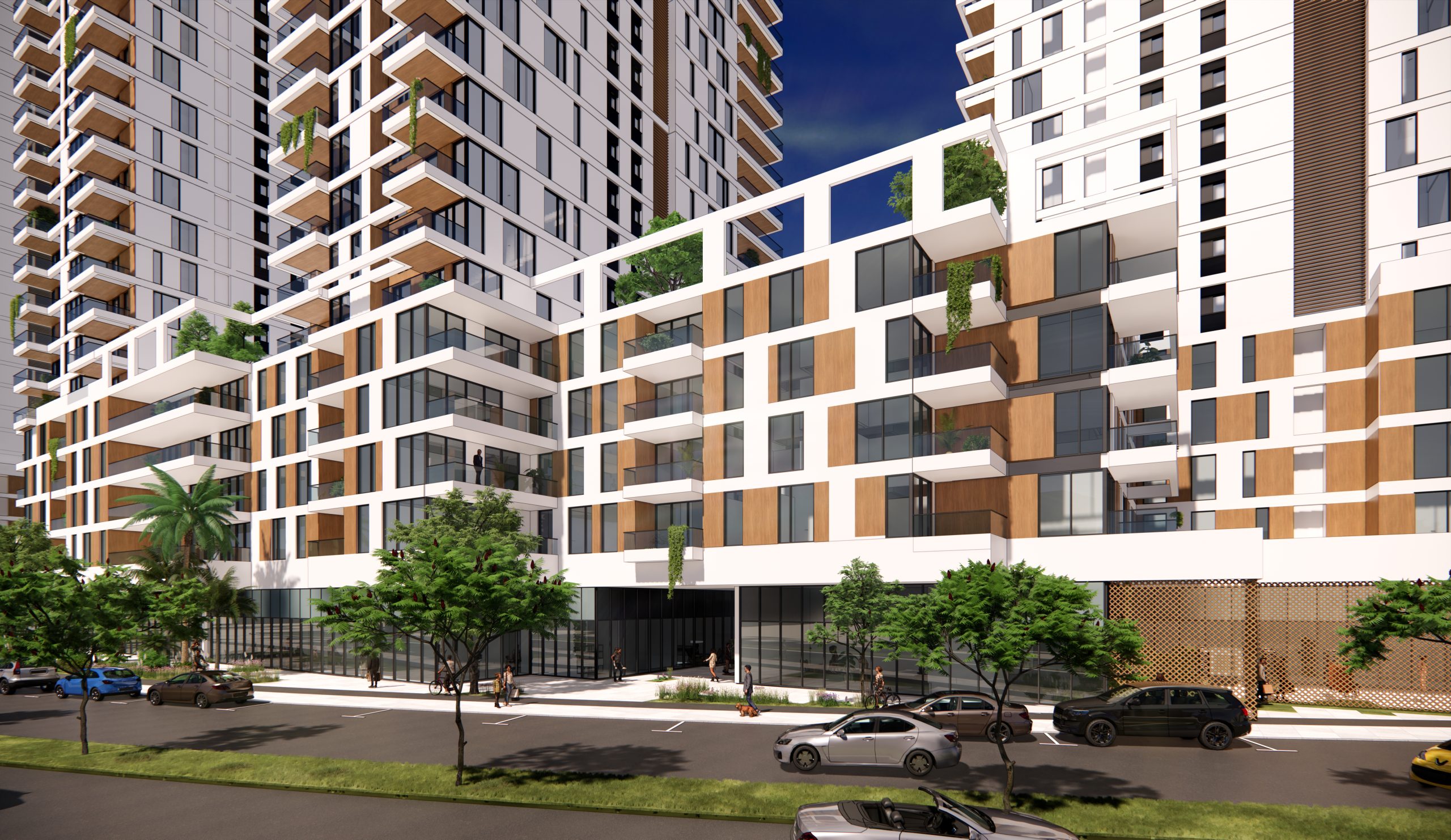
Yitzhak Sade Urban Renewal
-
Client
Amim
-
Location
Petach Tikva
-
Status
- In process
-
Program
Resedential
-
Area
78,000 sqm
-
Services
Masterplan, Architecture
-
Categories
- Housing & Urban Renewal
- Urban Design
The Ramat Verber neighborhood underwent a significant urban renewal in two distinct planning phases. In the 1940s and 1950s, the mass influx of 882,934 refugees to Israel, combined with mounting real estate pressures, led to a critical period of urban transformation. To address the shortage of affordable housing in Petach Tikvah, the Ministry of Housing adopted the German 'Zeilenbau' block row housing as the basic housing model. This sustainable, flexible, and affordable housing solution allowed for the required urban density levels, with each block comprising three levels of 24 units (ranging between 40-67sqm). The Brutalist architectural style also incorporated gardens and communal spaces, emphasizing human interaction.

Over the past 70 years, Petach Tikvah's housing market and standard of living have substantially improved. However, as the population continues to grow and the average apartment size increases to 95sqm, there is a need for housing densification. To meet this demand, the Izhak Sade urban development aims to introduce a three-tier "vertical living" urban typology that optimizes residential capacity. The ground floor commercial tier promotes pedestrian activity and integration with the local urban grid, while the two upper tiers comprise a unit-mix hierarchy. The 4-5 storey perimeter block contains smaller units (65-78sqm), while the five 24 storey towers contain larger units (72-100sqm). This new masterplan integrates the neighborhood's historic urban-block principles with the benefits of vertical living and takes into account growth trends up to 2040.
